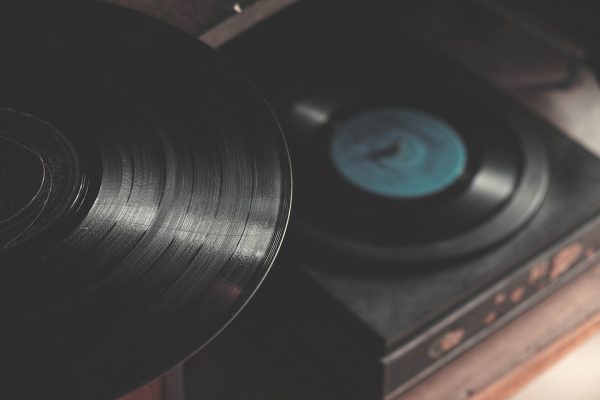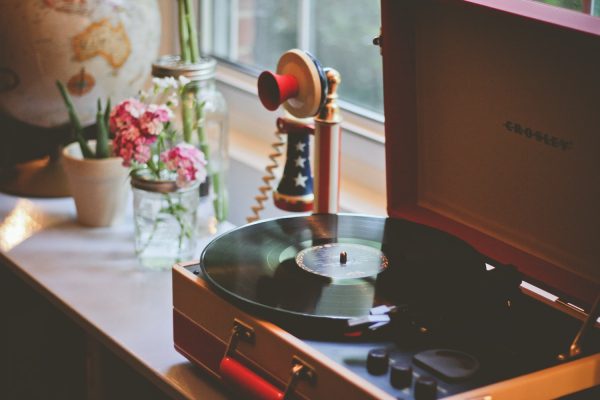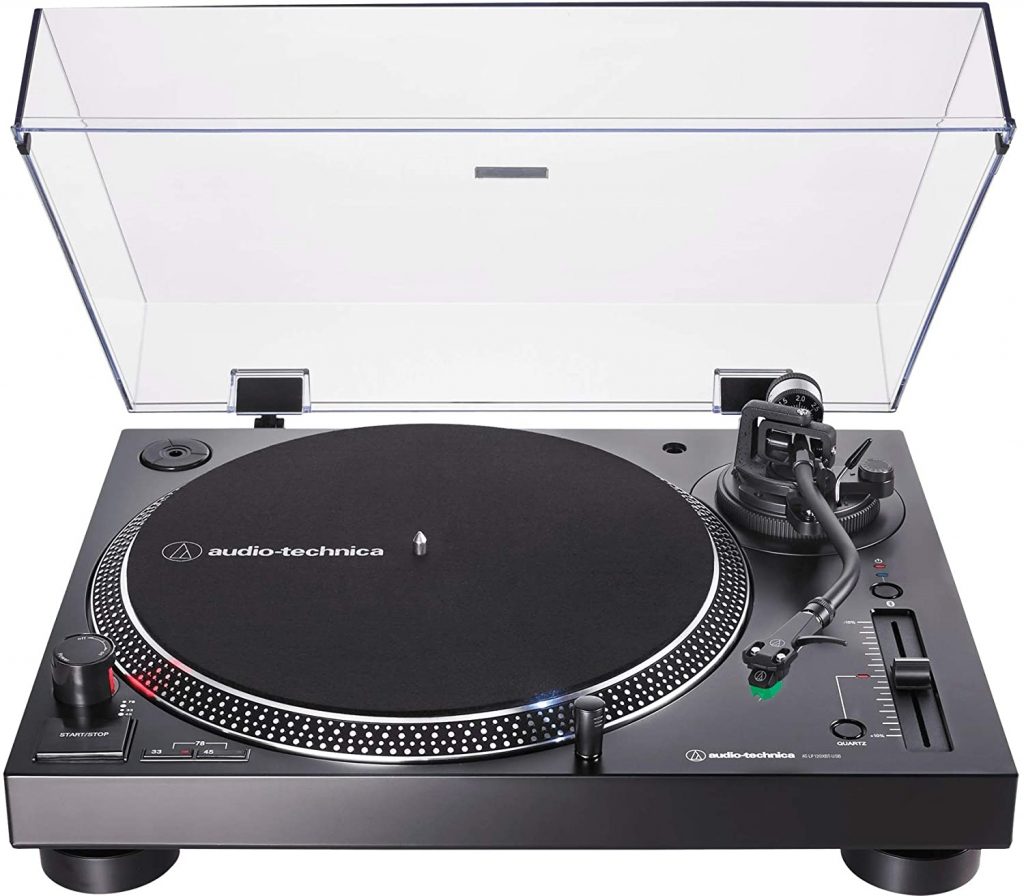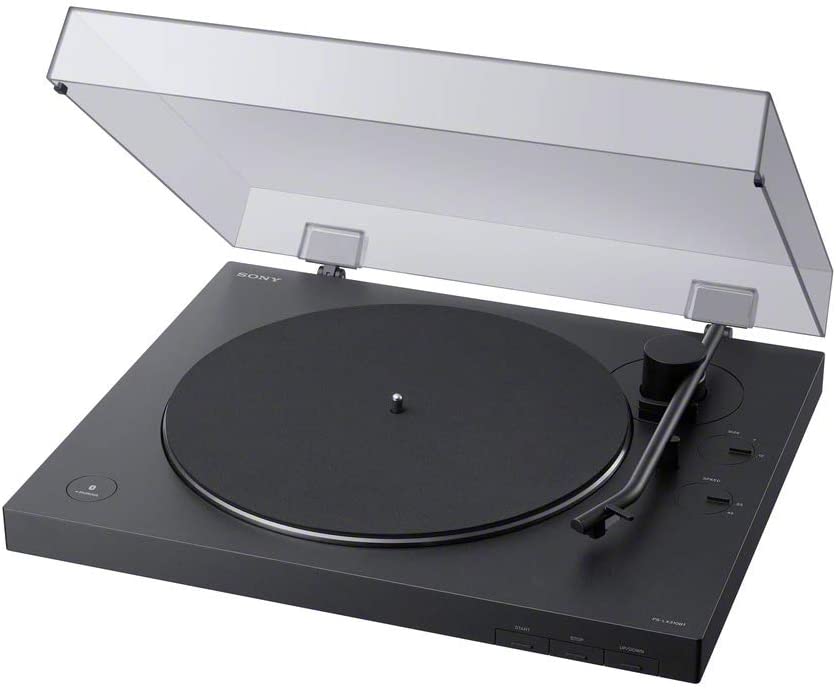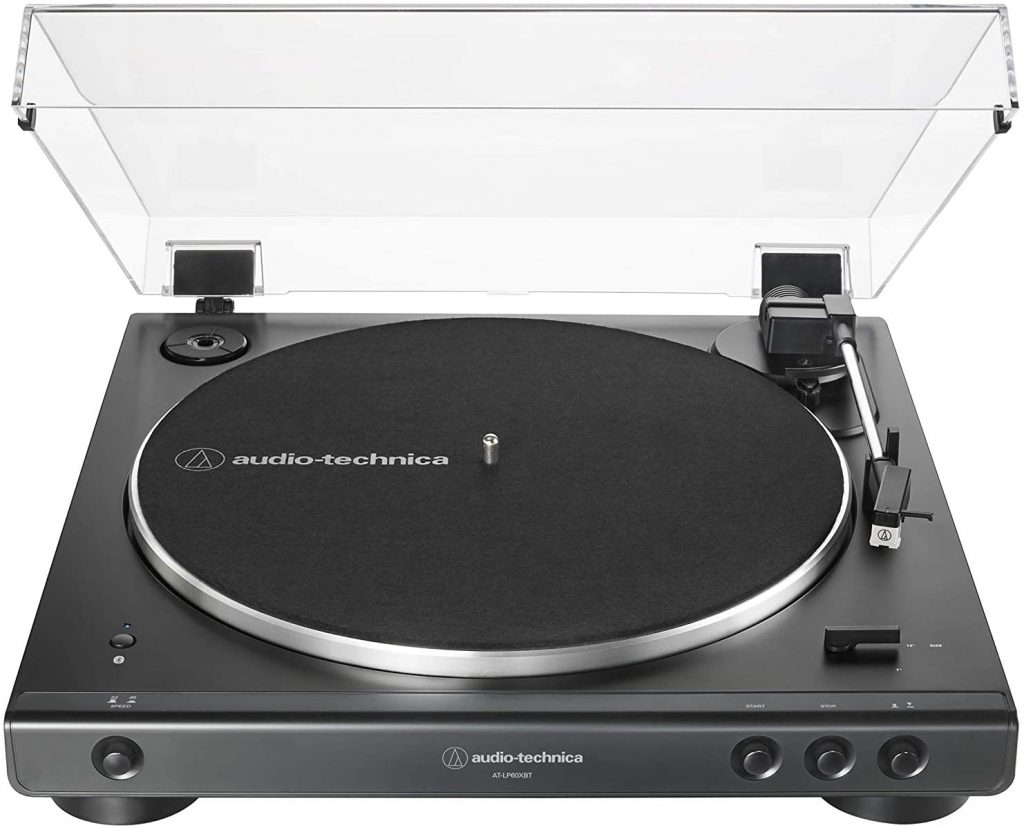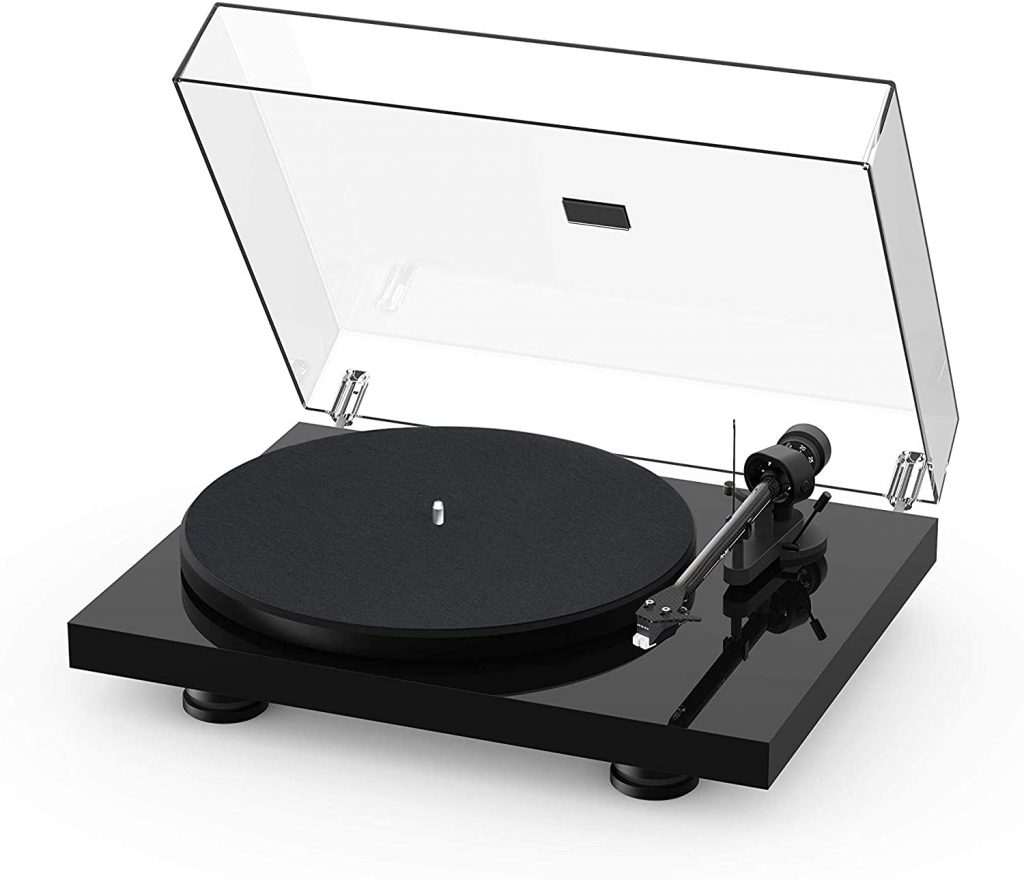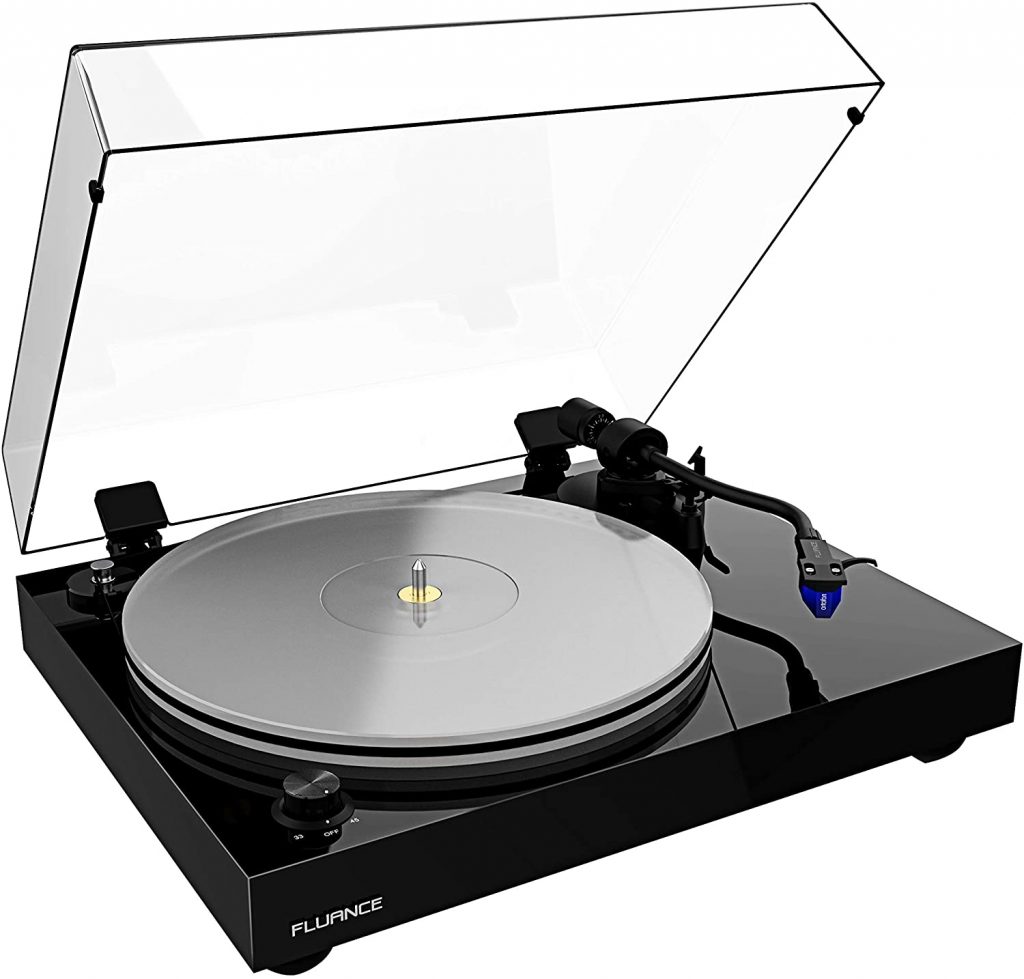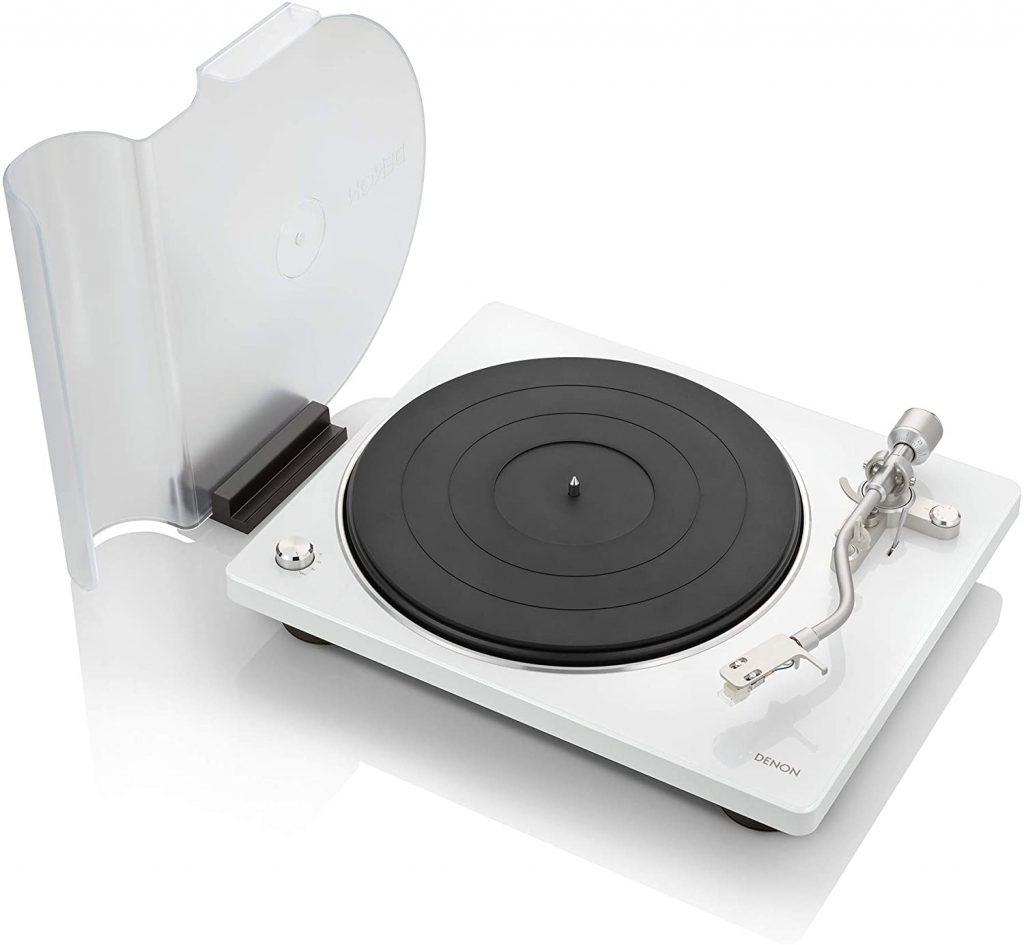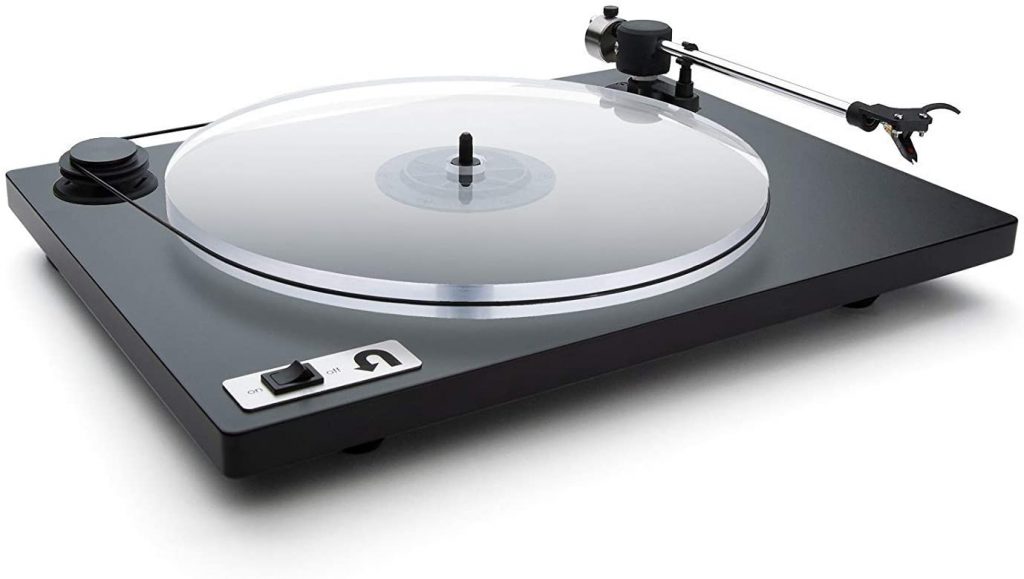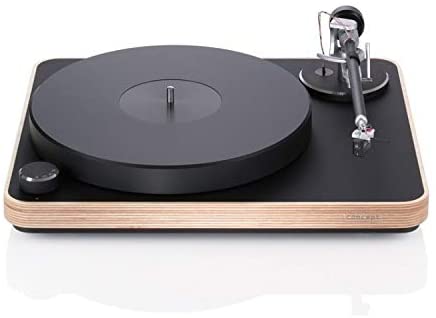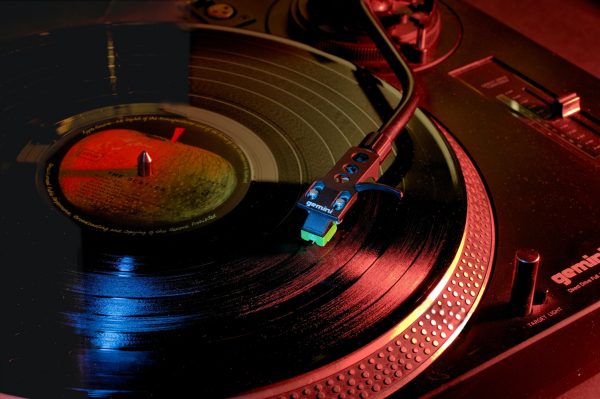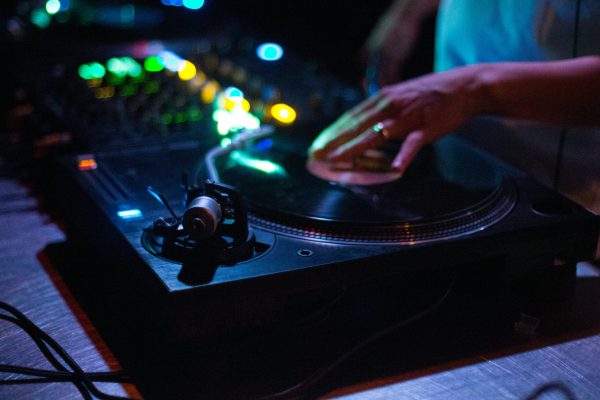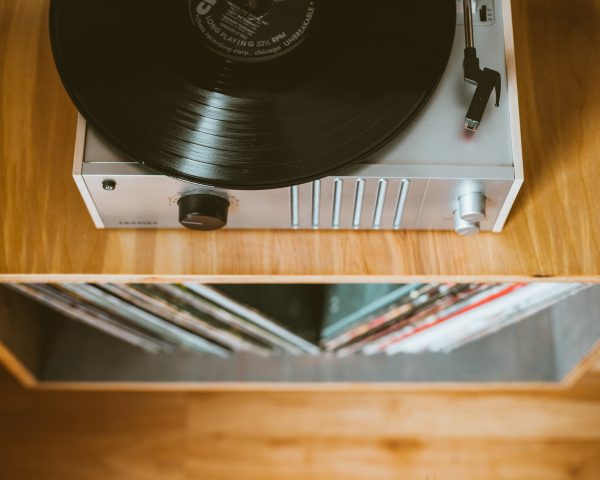And now almost anybody with some old records and the right knowledge has the opportunity to relive those golden days in music. In this article, we’ll take a look at some of the best turntables available, and the features that make them stand out from the rest.
What is a Turntable?
A turntable is a traditional device used to play vinyl records. Turntables replaced the iconic phonograph as the staple music player at the time. These devices were popular for a few decades up until the invention of the first stereo in the early 1960s. We still have turntables in the modern age, but for the most part, they have been modified to fit into modern conveniences.
8 Best Turntables for Playing Vinyl Records
Choosing the right turntable can be complicated considering the number of options available. There are those that take on a utilitarian approach which comes with a simpler design and less cost. There are others that offer premium components and superior sound quality for a heavier price. But for the most part, we highly suggest that you look for an option that balances sound quality, design, and price. It doesn’t necessarily have to be the most expensive option as long as its features are able to meet your listening needs. Let’s proceed to the list of the best turntables available.
How Does a Turntable Work?
The device also lets you copy records and then transfer them into your computer to convert them into digital formats. In fact, the Audio-Technica comes with a CD with built-in Audacity software for Mac and Windows. Speaking of conversion, here are some of the best software to convert your music files. The AT-LP120XBT-USB also features some professional controls. There’s a special button for moving the tonearm forwards and backward. You can also adjust the pitch range by plus or minus 10 percent. There’s also a pop-up stylus target light for when you need to play music in a dark environment. Overall, it is a flexible and smart solution for playing any type of record. One interesting and modernized feature is that it allows Bluetooth streaming. This essentially lets you pair your device with a Bluetooth-enabled device such as a pair of earphones. You can connect it to any AUX audio input with its preamp. It also includes portable speakers and bookshelf stereo systems. The preamp also features a gain staging tool that lets you control the decibel levels of the music. You are given three options for adjusting decibel levels: low, high, and medium. It also has its own USB Type-B port, something you’ll need if you want to keep digital copies of your Vinyl records. Speaking of converting, you’re also going to need special software for that. Read Also: SoundForge Audio Studio Review Setting up the PS-LX310BT is also very manageable, even for beginners. Some of the components, like the headshell and the tonearm, already come assembled. Overall, the Sony PS-LX310BT offers great value and simplicity for casual record playing. The turntable comes with an Ortofon 2M Red phono cartridge with a carbon-fiber tonearm. Carbon fiber gives the tonearm a smooth tracking ability plus resistance to resonance. Now, the Debut Carbon doesn’t come with its own preamp, but it does come with a cable that you connect to your own preamp. Setup is fairly easy, although you might struggle a little with balancing the tonearm or the anti-skate. Both the cables and the cartridge are removable, meaning you can replace them anytime. Overall, the Pro-Jet Debut Carbon does well on both the performance front and on durability. But out of all the components, it’s the Ortofon 2M Blue cartridge that takes the cake. This cartridge is popular in the audio community for producing a clean and dynamic sound. The 2M Blue is often seen as the go-to accessory for improving audio quality in cheaper turntables, even for its hefty price. Setting up the RT85 is also nothing short of ordinary. Bear in mind that it is highly likely you’ll need to drop some oil on the bearing before setting the platter to make sure it doesn’t get stuck. Other than that, the setup process should be straightforward enough without a manual. Overall, the RT85 garners top marks on the price-to-performance ratio. Right off the bat, you will notice the S-shaped tonearm which is the optimal tracking angle. Besides playing an important role in sound quality, the semi-automatic tonearm readily sits on the start position and starts the music. Once the record is done playing, the tonearm lifts itself away from the record and back to its resting position. Most audiophiles are also eager to hear every beat, bass, and treble when it comes to sound quality. And the easiest way to do this is to hook up the turntable to a speaker. Luckily for us, this model has its own preamp that will allow you to connect the device to speakers. With its built-in phono equalizer, it filters audio frequencies to make them sound better. This device is designed as a plug-and-play device, which means it comes to your doorstep assembled in full, including the cartridge and tonearm. Overall, the Denon DP400 is one of the most sophisticated options that you can get. It offers a lot of features for what you pay for, and we also appreciate that it has its own preamp. This damped turntable contains that components are positioned securely in a way that they become resistant to resonance. This is the case with the turntable’s feet, motor, plinth, and tonearm. It also comes with its own dust cover to protect not only the record but also the tonearm. The tonearm does a remarkable job at tracking and is also friction-free. Another notable thing about the U-Turn is that you can customize it. You are given the option to configure the device to suit your needs and budget from the start. Customization options include your choice of cartridge, which comes with its own tonearm. The main model comes in five different color options, and you also get to choose the color of the base. You can basically switch parts here and there, which is a rare quality among turntables. The U-Turn also delivers great performance when it comes to sound quality. You can also adjust the tracking force for the built-in tonearm or third-party tonearm that you install. Overall, the U-Turn is a good choice for serious audiophiles who value audio quality above all else. It’s also very much worth the price for the features you get. The Concept comes at a high price, which is why audiophiles are expecting a lot from it on the price/performance front. And to that, we say that this device has got to be one of the best sounding devices available today. The Concept is able to produce three-dimensional sounds, producing nuances to the bass notes that make you feel as though you are listening to a live performance. You have the option to purchase the device with a cartridge or without it. The company sells two types of cartridges: moving magnets (MM) and moving coils (MC). If you purchase the device with either of the options, it will arrive with the cartridge already installed. Overall, Concept excels on all three fronts: ease of use, design and build, and performance. Turntables are made up of several parts: the deck, the base, and the tonearm. At the bottom half of the turntable is the deck. This contains mechanical components that allow the record to move. There you’ll find a motor that allows the record to spin and a solid metal platter to hold the record as it moves. Then there’s the tonearm, which is a metal arm that contains a cartridge with a tip called a stylus. The tonearm sticks out at the side of the platter and lowers the tonearm or stylus towards the record. This stylus or tonearm comes into contact with the record and converts electrical signals into audible music. Other components that play a role in sound quality include the phono amp and amplifier/s. The phono amplifier is also referred to by other names, including phono stage, phono preamp, or turntable preamp. This component amplifies the audio signals coming from the record player. It converts those weak signals into line-level (nominal signal level). The signals are then passed on to the amplifier, which boosts the signals so that a speaker can play them.
How Are Turntables in Modern Age Different?
Most modern turntables have kept to the general aesthetic of the original. However, they are also much more diverse in terms of materials. Classic turntables only contained metals and wood. Meanwhile, most modern designs make use of plastic and glass to increase durability. Most turntables nowadays also benefit from modern features. While turntables are designed to last for a long time, vinyl records are another matter. Vinyl records are still a form of physical media, which comes with its own set of disadvantages. Their physical form makes them fragile and prone to cracks, pops, and scratches. As such, they need to be handled with care at all times. Besides that, you also need to clean them regularly in order to preserve their sound quality.
What Is the Difference Between Analog and Digital Recording?
We always hear the term “analog” associated with turntables and vinyl records. But what does it really mean? And how is analog music different from digital music? Both analog and digital are types of signals that carry musical information. The key difference between the two is that analog signals have continuous electrical signals that represent all possible frequencies whereas digital signals have non-continuous signals that represent the approximation of the sounds being recorded. Another key difference has to do with how the signals are stored. Analog stores audio signals on a physical surface, such as a vinyl record or magnetic tape. If you look closely at a vinyl record, you’ll notice that each side has a spiraling wave line called grooves. Those grooves represent the audio signals captured during recording. On the other hand, digital signals are recorded and stored on digital devices such as recorders and computers. These devices must all have the capability to read and recreate those signals into sound. Even in the process of reproducing sound, analog signals remain continuous whereas digital signals stay non-continuous.
Final Thoughts on the 8 Best Turntables for Playing Vinyl Records in 2021
We used to think of record playing as a specialized hobby that only very few people engaged in. But while this hobby can certainly get expensive, it certainly isn’t meant to be exclusive. While hefty price tags usually mean better quality, you don’t need to burn a hole through your pocket to get started. If you know what to look for, you should be able to find a decent turntable with great audio quality for the right price. You may even consider looking for pre-loved but high-quality and fully functional equipment. Most turntables also have replaceable parts, which means you can switch them up as you go along. At the end of the day, the thing that matters most is the listening experience. If you enjoyed this article, you might also enjoy reading about the best audiophile headphones in the market.
